What is the Global Positioning System (GPS) for Divers?
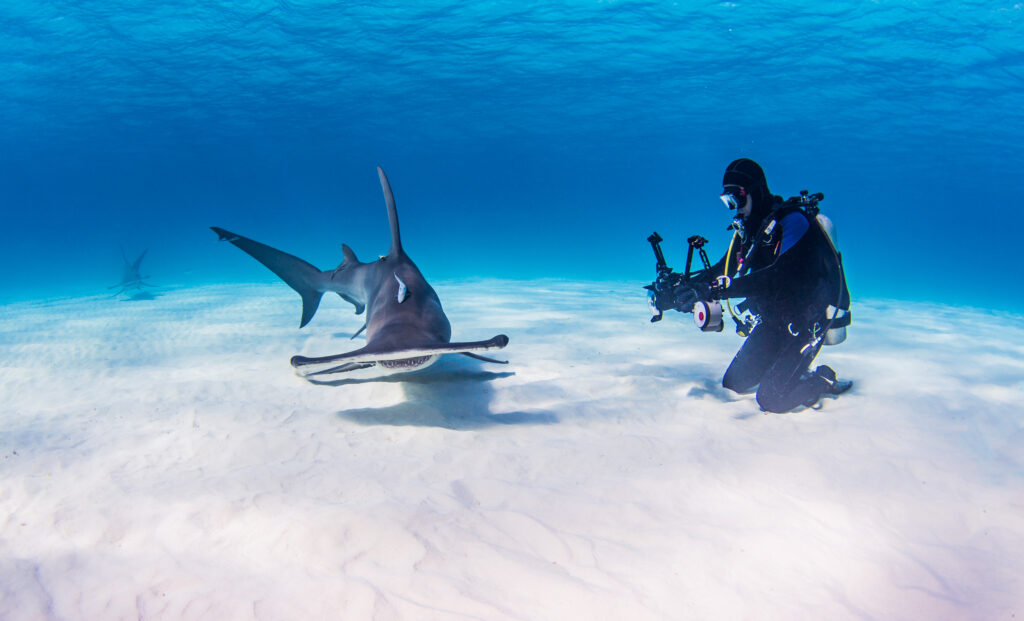
The Global Positioning System (GPS) has changed the way we navigate, whether on land, at sea, or in the air. Originally developed for military use, GPS technology has since become a staple in various outdoor activities, including scuba diving. Divers now rely on GPS for accurate navigation, safety, and data recording during dives. This system allows them to navigate underwater environments with more confidence and efficiency. As GPS technology evolves, its application in scuba diving becomes more specialized, offering tailored solutions to the challenges divers face in the underwater world.
What is Half Time?

Half time in scuba diving is a critical concept used to understand and manage the absorption and release of inert gases in the body during diving activities. Specifically, it refers to the time it takes for a particular tissue compartment in the body to absorb or eliminate half of the difference between the existing level of inert gas and the new equilibrium level. This concept is foundational for safe diving practices as it aids in determining appropriate decompression procedures to avoid conditions like decompression sickness (DCS).
What is Panic when Scuba Diving?

Panic in scuba diving refers to a sudden and overwhelming feeling of fear or anxiety that can severely impair a diver’s ability to think clearly and act appropriately. It is a critical issue in the sport because it can lead to dangerous situations underwater, where the margin for error is slim. Understanding panic is crucial for divers to ensure their safety and the safety of others. This entry examines the causes, symptoms, consequences, prevention strategies, and management techniques related to panic in scuba diving.
What is a Dive Profile?
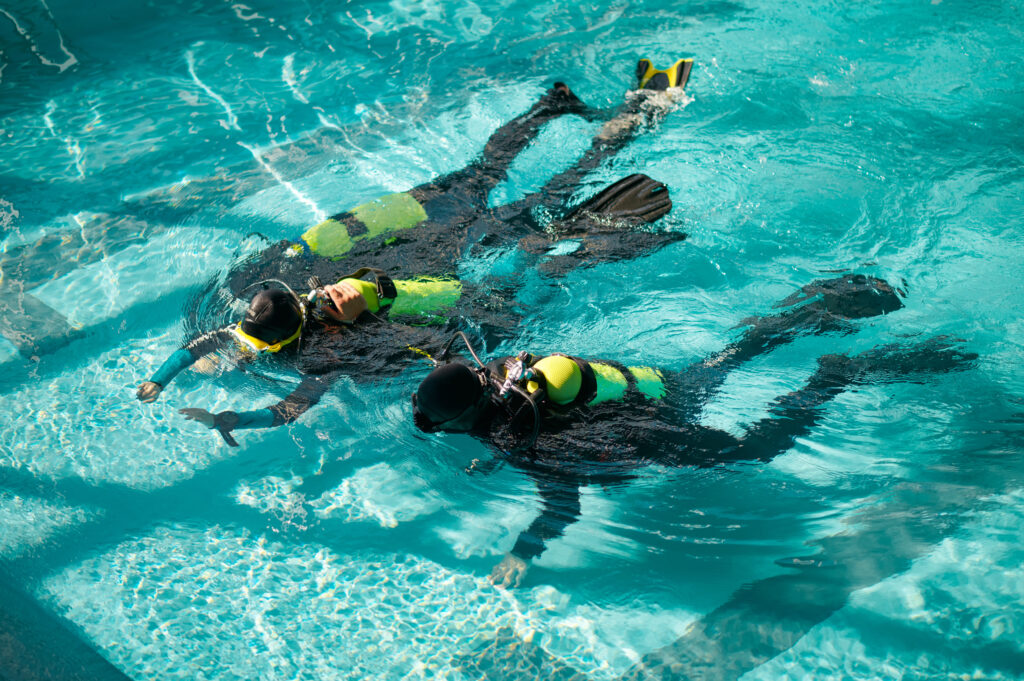
What is a Dive Profile? A dive profile is a detailed plan that outlines the depth and duration of a scuba dive, including the rates of descent and ascent, and any necessary decompression stops. It is a crucial element in scuba diving that ensures safety by managing the diver’s exposure to pressure changes and the […]
What is a Pressure Gradient?

In scuba diving, understanding the concept of a pressure gradient is crucial for ensuring safety and effective dive planning. A pressure gradient refers to the change in pressure per unit distance within a fluid. In the context of diving, this typically means the variation in water pressure as a diver moves vertically through the water column. This phenomenon is essential because it affects everything from buoyancy control to the physiological impacts on the diver’s body.
What is Cyanosis?

Cyanosis refers to a bluish discoloration of the skin and mucous membranes caused by an insufficient level of oxygen in the blood. This condition can signal underlying health issues, particularly those related to respiratory and circulatory systems. In scuba diving, cyanosis is a critical indicator that a diver might be experiencing hypoxia, a dangerous reduction in oxygen levels. Recognizing and understanding cyanosis is vital for ensuring diver safety, as it can be a precursor to more severe conditions if not promptly addressed.
What is a Dive Watch?
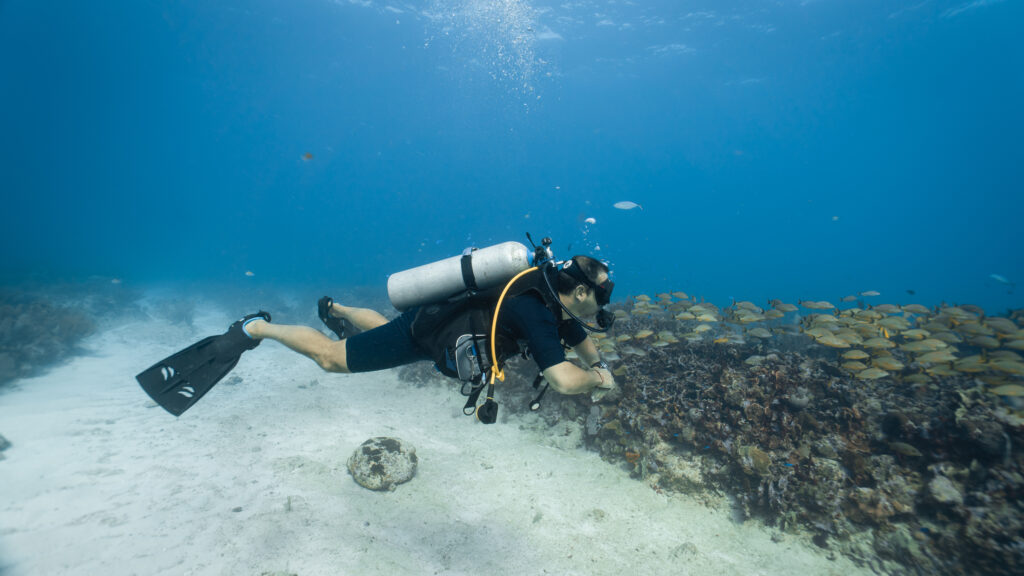
A dive watch is a specialized timepiece designed to withstand the harsh conditions of underwater environments. Initially developed in the early 20th century, dive watches are essential tools for scuba divers, providing accurate timekeeping and critical safety features during underwater activities. These watches are built to endure significant pressure and provide clear visibility under low-light conditions, making them indispensable for both professional and recreational divers. Over the years, dive watches have transcended their utilitarian purpose, becoming symbols of adventure and precision in both the diving community and the broader public consciousness.
What is the Divers Alert Network (DAN)?
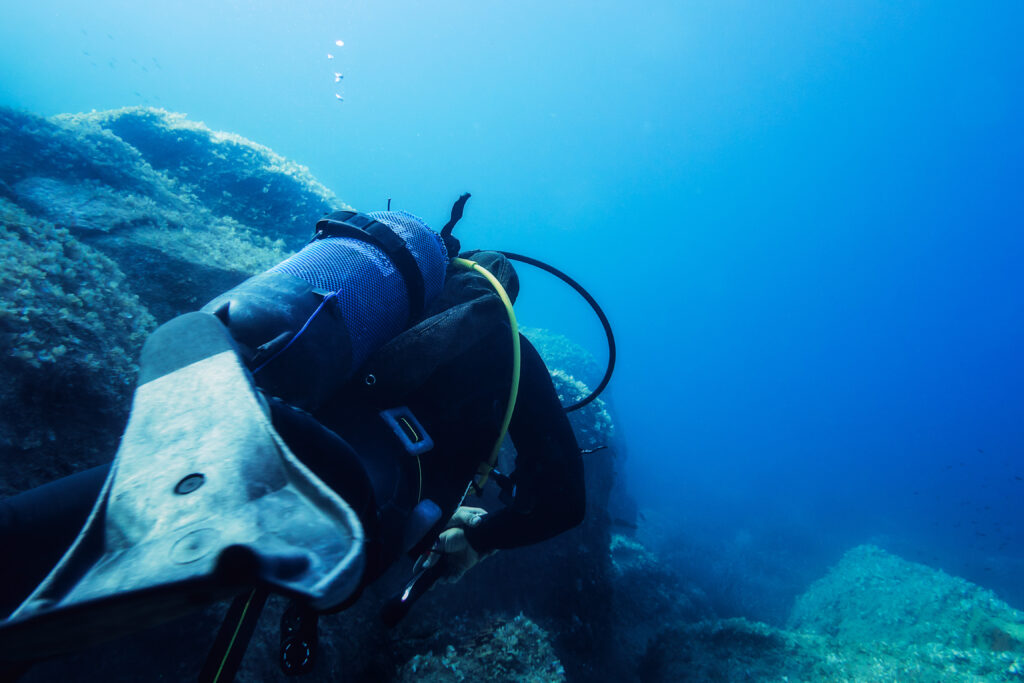
The Divers Alert Network (DAN) is a vital entity in the scuba diving community, dedicated to the safety and well-being of divers worldwide. Established to provide emergency medical advice and assistance, DAN has evolved into a comprehensive organization offering a range of services, including research, education, and insurance. With its global reach, DAN has become an indispensable resource for divers, ensuring that they have access to critical support and information, both in emergencies and for ongoing education. Its influence extends through various initiatives aimed at promoting safe diving practices and improving the overall safety of the diving environment.
What is a Pony Bottle?

A pony bottle, in the context of scuba diving, refers to a small, independent scuba cylinder that acts as an emergency air supply. Divers often rely on pony bottles as a crucial backup system in case their primary air source fails. This additional cylinder provides a diver with an extra layer of safety, ensuring they have enough breathable gas to reach the surface or their dive buddy in the event of an emergency. The name “pony bottle” aptly describes its role as a smaller companion to the main tank, much like a pony is to a horse. Understanding the function and proper use of a pony bottle is essential for any diver who values safety and preparedness underwater.
What is Pounds Per Square Inch (PSI)?
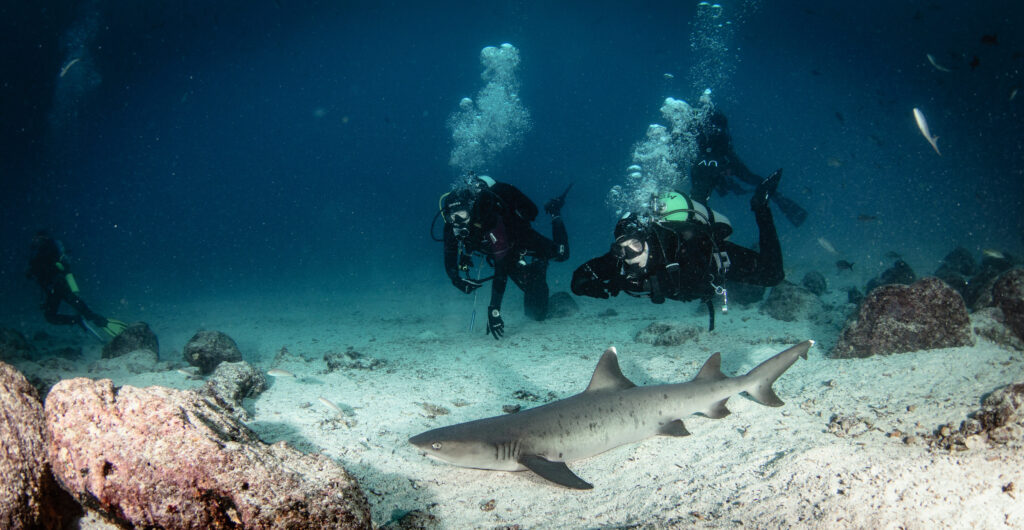
Pounds per square inch (PSI) is a unit of pressure widely used in various fields, including scuba diving. Understanding PSI is crucial for divers because it directly relates to the equipment they use and their safety underwater. In scuba diving, PSI measures the pressure exerted by gas within a scuba tank, which is essential for breathing underwater. This unit helps divers know how much air they have left in their tanks, enabling them to plan their dives and avoid running out of air while submerged.
